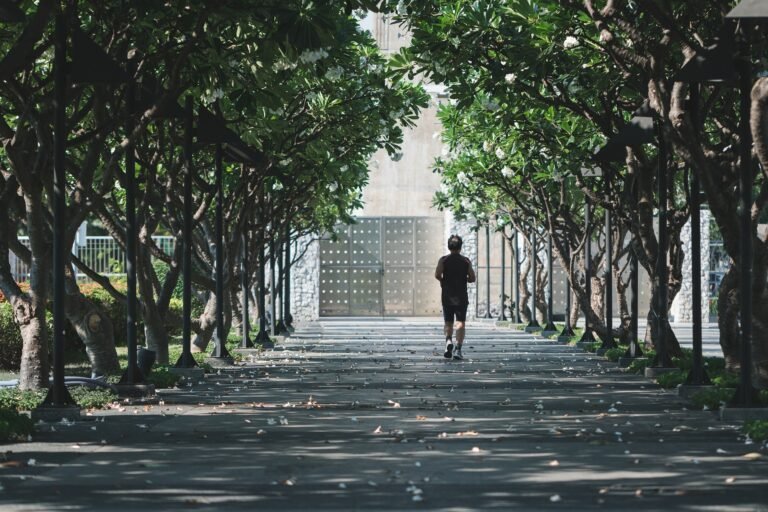The results obtained by a team of scientists from the University of Granada (UGR) could have various practical implications, especially for people at risk of developing insulin resistance and type 2 diabetes.
The PROFITH CTS-977 research group of the UGR, in collaboration with the “San Cecilio” and “Virgen de las Nieves” University Hospitals of Granada,; The Public University of Navarra, the Networked Biomedical Research Center on the Physiological Pathology of Obesity and Nutrition (CIBEROBN) and the Networked Biomedical Research Center on Frailty and Healthy Ageing (CIBERFES) studied the effect of repeated moderate to vigorous exercise on blood glucose levels in overweight and obese adults.
Physical activity is known to have a positive effect on blood glucose regulation, but does it matter what time of day you do it? This study, led by researchers Antonio Clavero-Jimeno and Jonatan Ruiz from the UGR Faculty of Physical Education and Sport (School of Sport Sciences) and the University Institute for Sport and Health (iMUDS), aimed to answer this question. According to the authors, it was previously unknown whether being active at a specific time of day (morning, afternoon, evening) could maximize the cardiometabolic benefits of physical activity. “Choosing the ideal time of day seems to be a novel strategy to enhance the glycemic benefits of physical activity, especially in individuals with insulin resistance or at risk of developing type 2 diabetes,” the researchers note.
Research findings suggest that moderate to vigorous exercise accumulated in the evening, between 18:00 and 00:00, may have a positive effect on glycemic control in overweight or obese men and women. Furthermore, those with some form of impaired glucose metabolism, such as elevated blood glucose, glycated hemoglobin, and/or fasting insulin resistance index, appear to benefit more from exercise. Results were similar for both men and women.
A total of 186 overweight or obese adults (50% women) with a mean age of 47 years participated in the study. Participants wore an accelerometer and continuous glucose monitor for 14 days to measure their physical activity and glucose levels 24 hours a day. Days when no physical activity was recorded were classified as “inactive.” Days were classified as “morning,” “afternoon,” or “evening” if 50% or more of the recorded minutes of physical activity for that day were recorded between 6:00 and 12:00, 12:00 and 18:00, or 18:00 and 00:00, respectively, and “mixed” if none of these times accounted for 50% or more of the day’s physical activity.

The results may have several practical implications, particularly for people at risk of developing insulin resistance and type 2 diabetes, and highlight the importance of taking time of day into account when prescribing physical activity. This information could be crucial in improving the effectiveness of exercise interventions in these groups.
Bibliographic references:
Clavero-Jimeno, A., Dote-Montero, M., Migueles, JH, Camacho-Cardenosa, A., Oses, M., Medina, JE, Alcantara, JMA, Muñoz-Torres, M., Labayen, I., & Ruiz, JR (2024). Impact of timing of lifestyle moderate-to-vigorous physical activity on glycemic control in sedentary adults with overweight/obesity and metabolic disorders. obesity (Silver Spring, MD), 10.1002/oby.24063. Advance online publication. https://doi.org/10.1002/oby.24063
contact address:
Antonio Clavero Jimeno and Jonathan Ruiz Ruiz
PROFITH CTS-977 Research Group
Faculty of Physical Education and Sports
Faculty of Sports Sciences
University Institute for Sports and Health Sciences (iMUDS)
University of Granada
Email: Email: claveroa@ugr.es / ruizj@ugr.es
Translation: This text has been translated into English by the Language Services Unit of the University of Granada (Vice-Rector for Internationalization).


